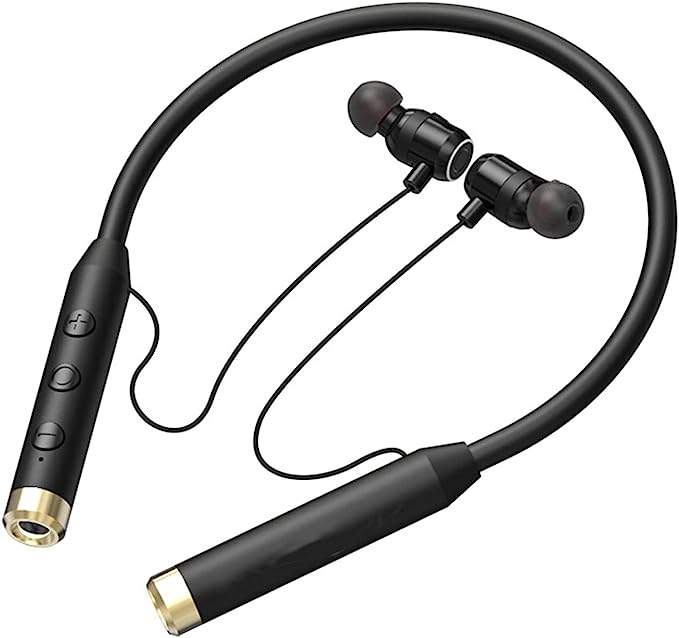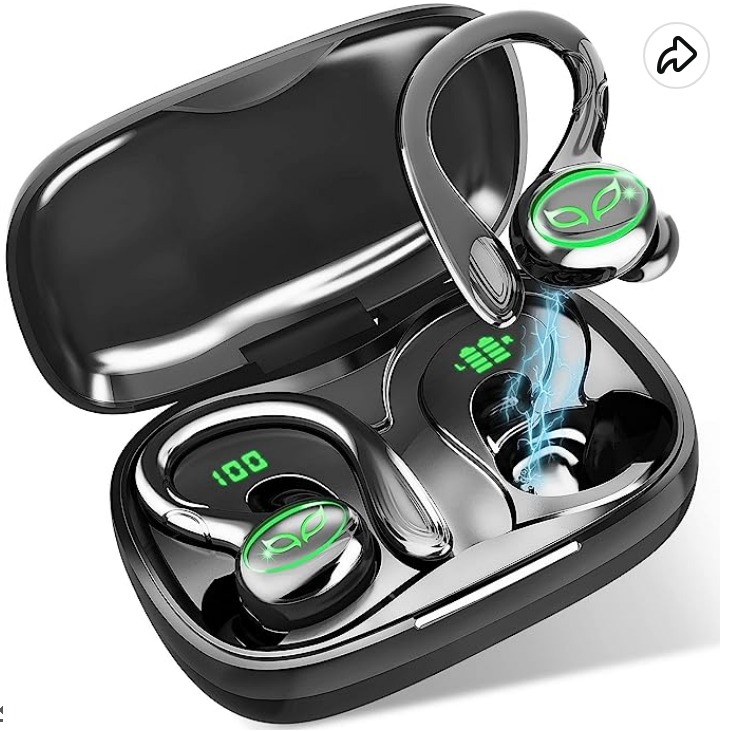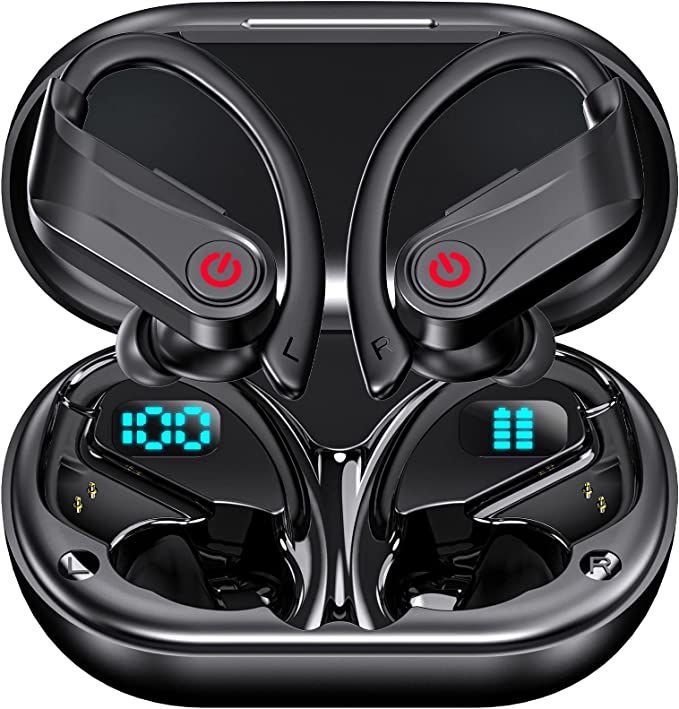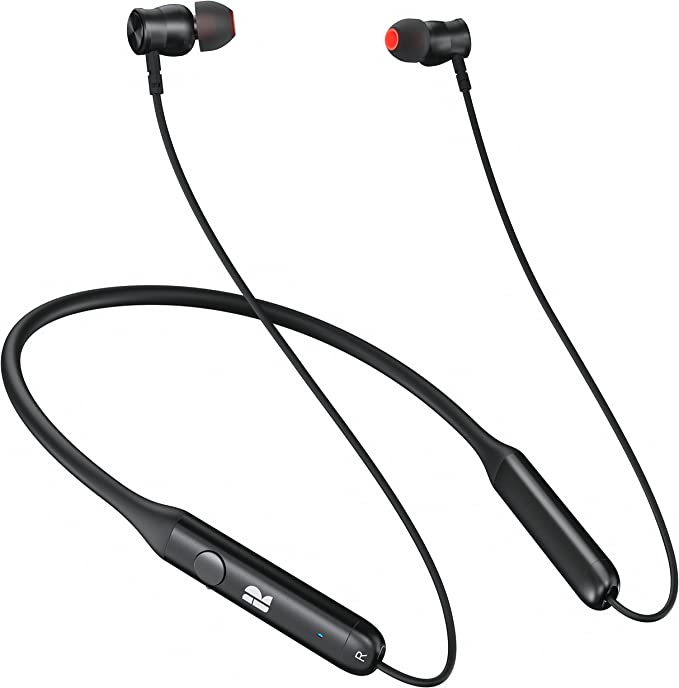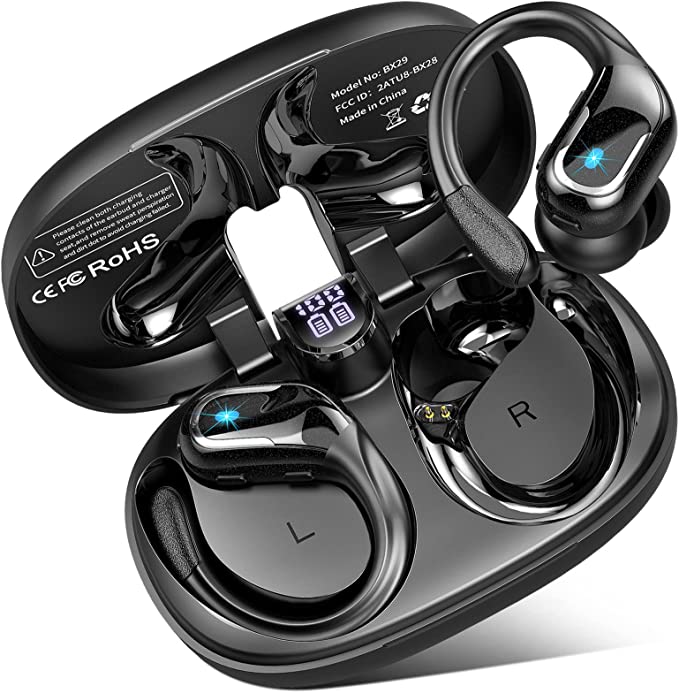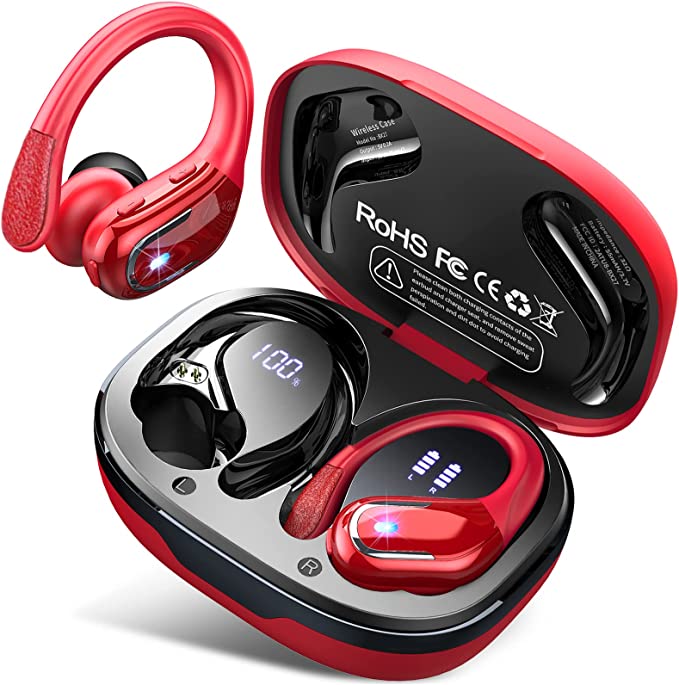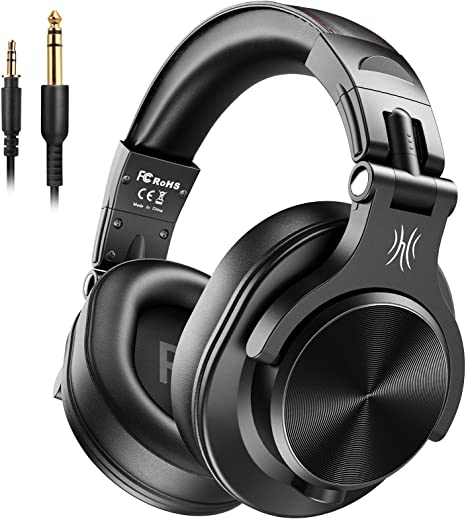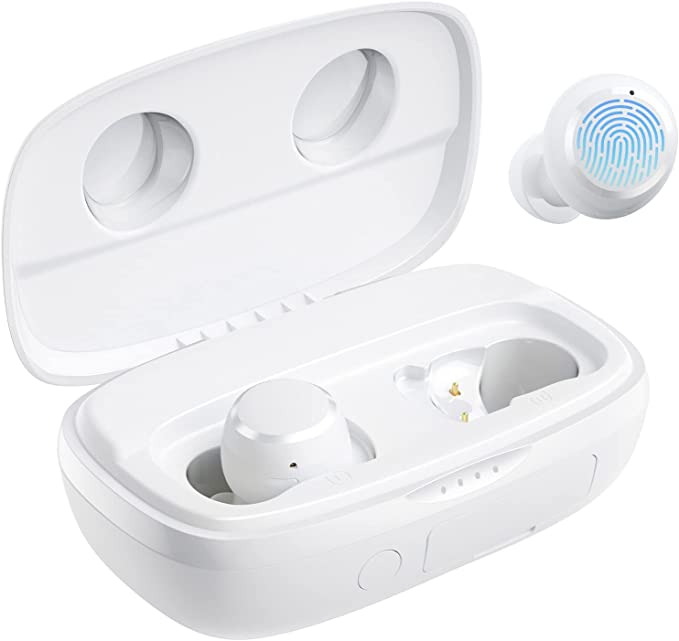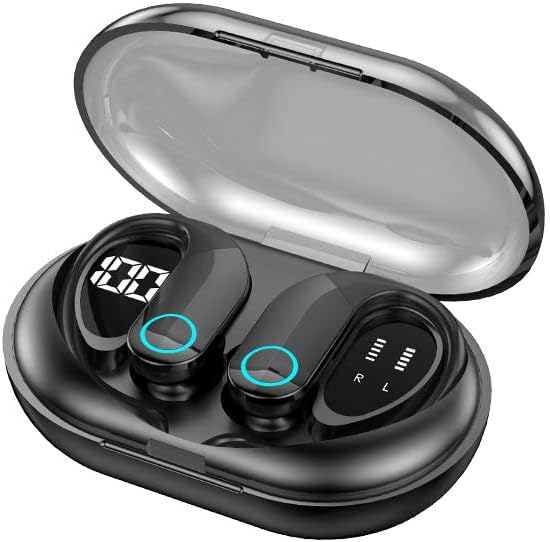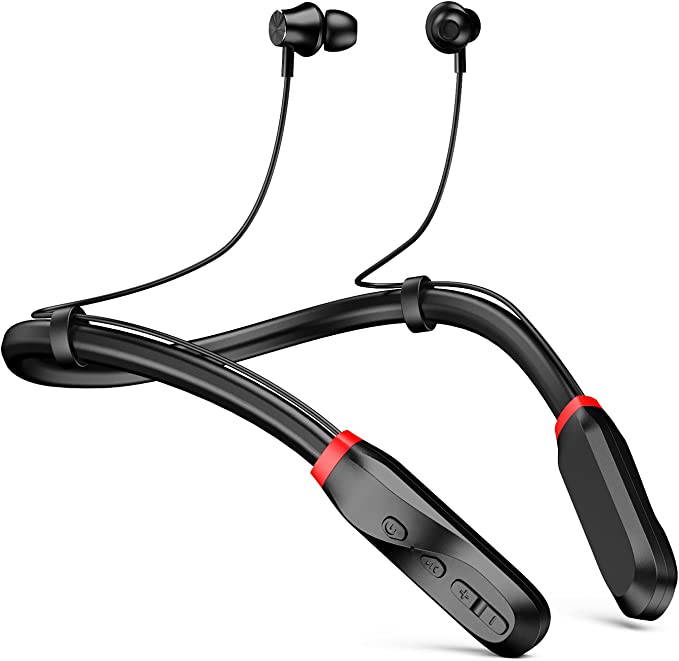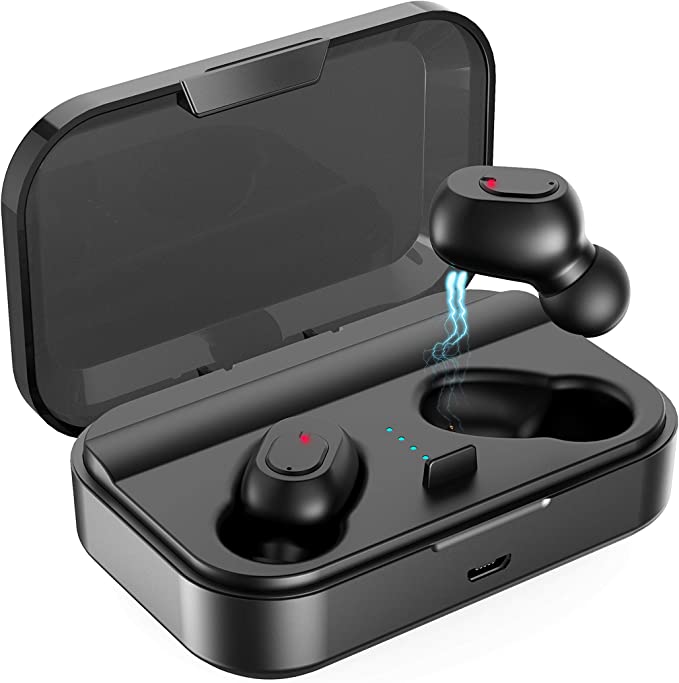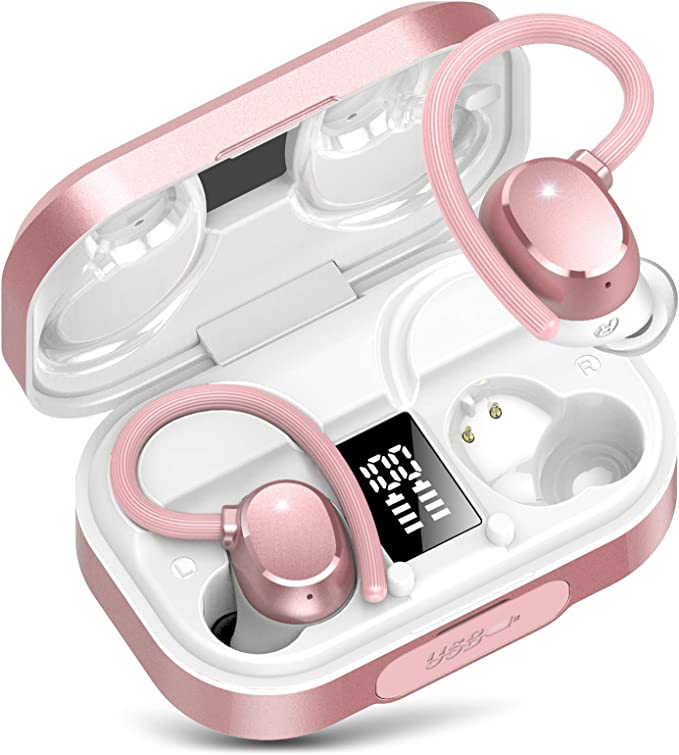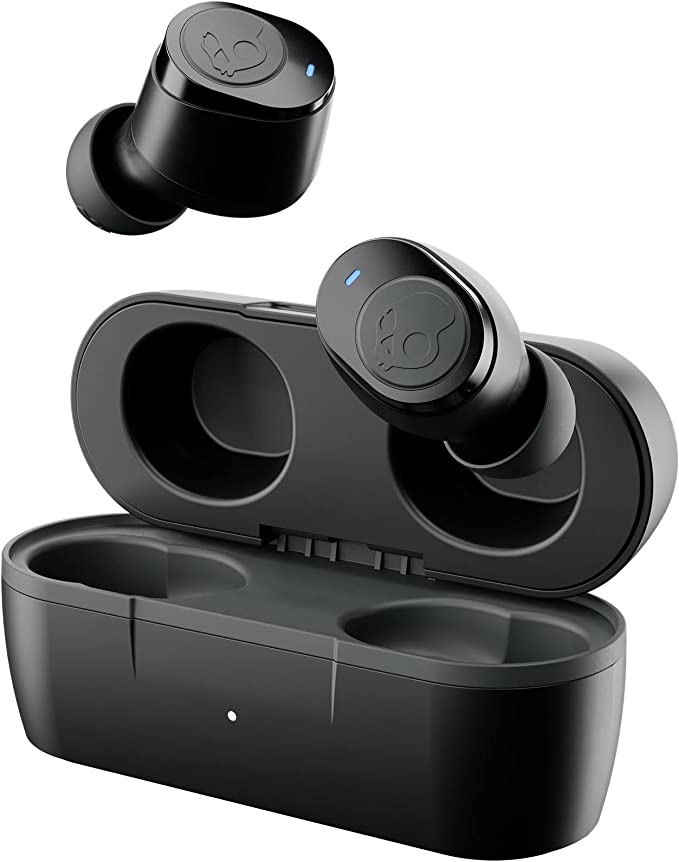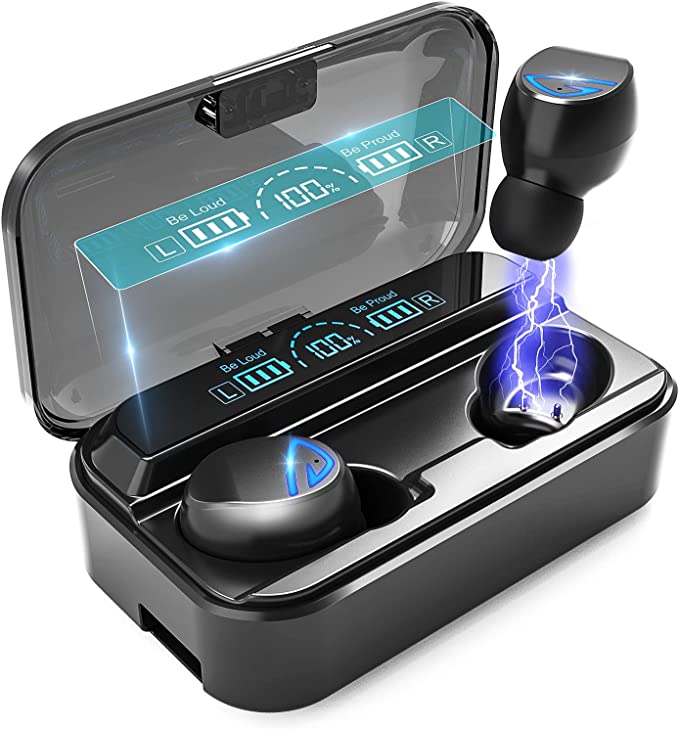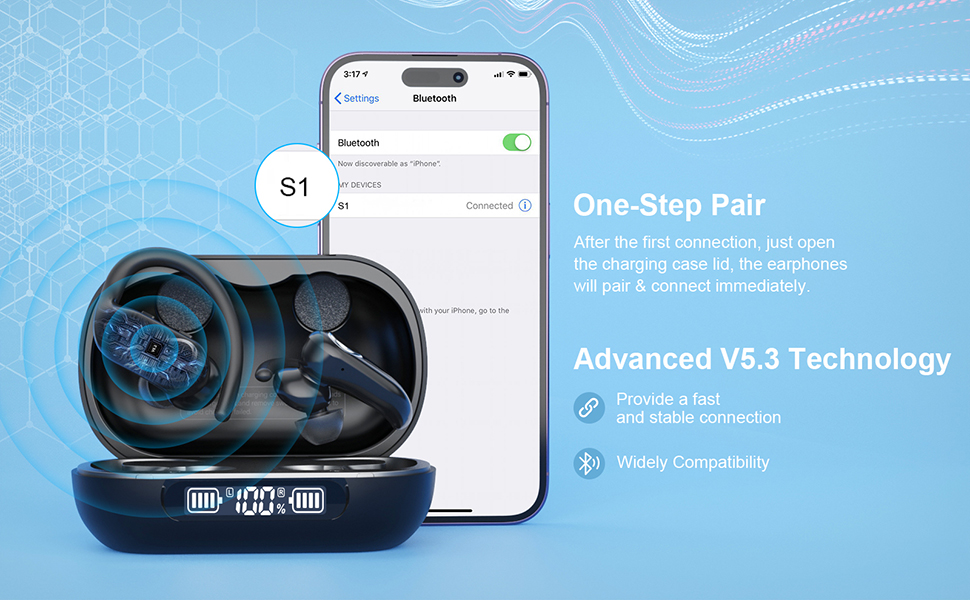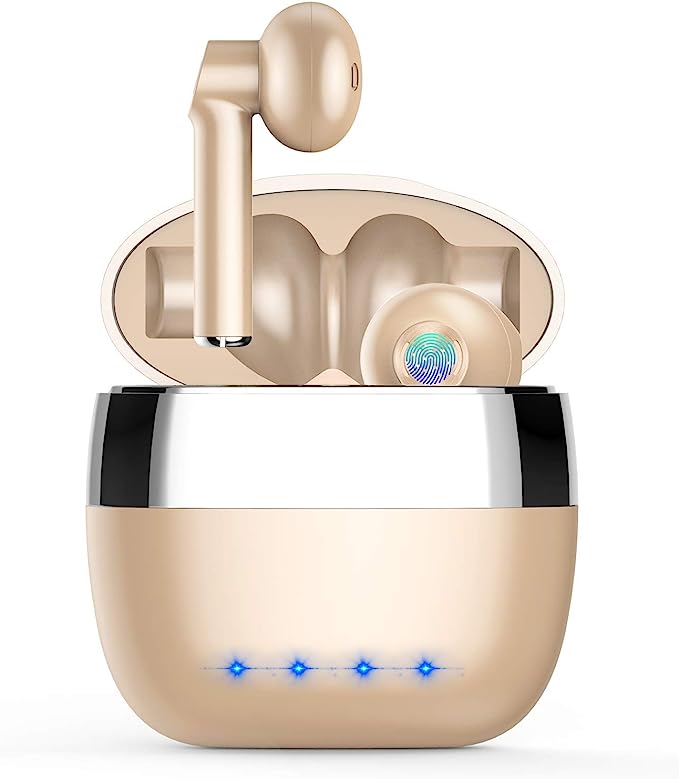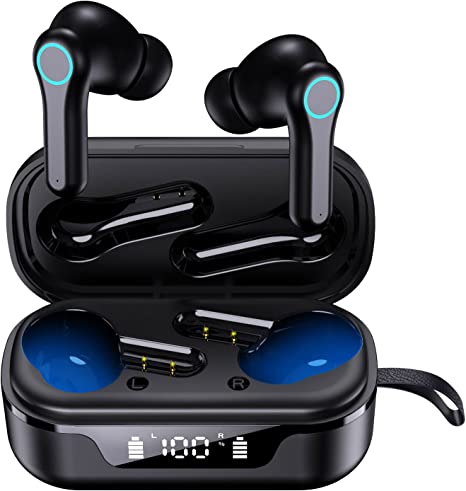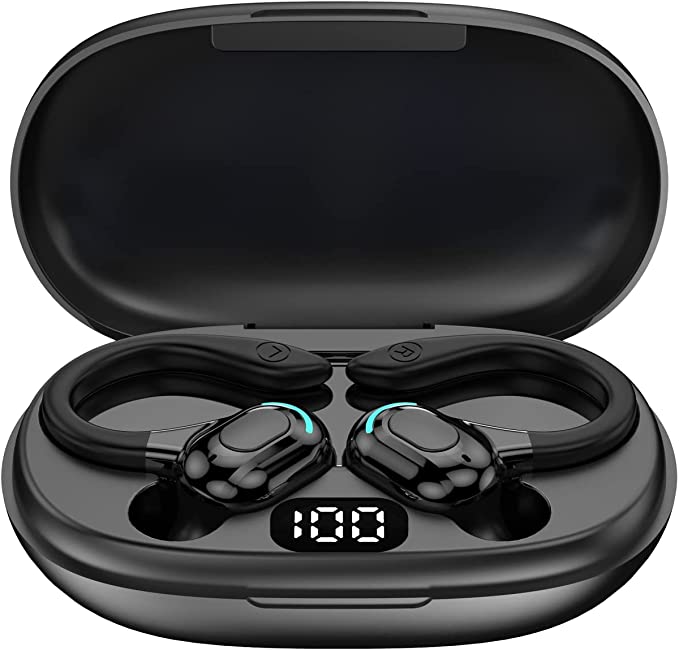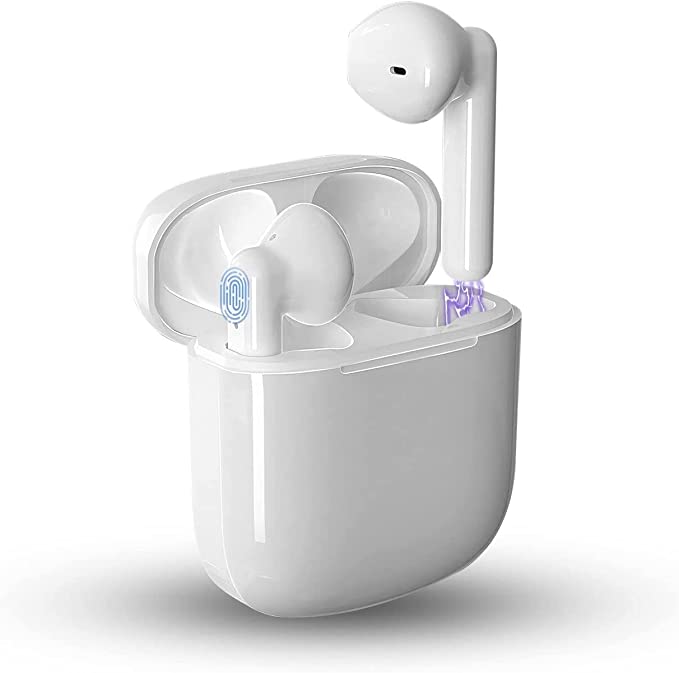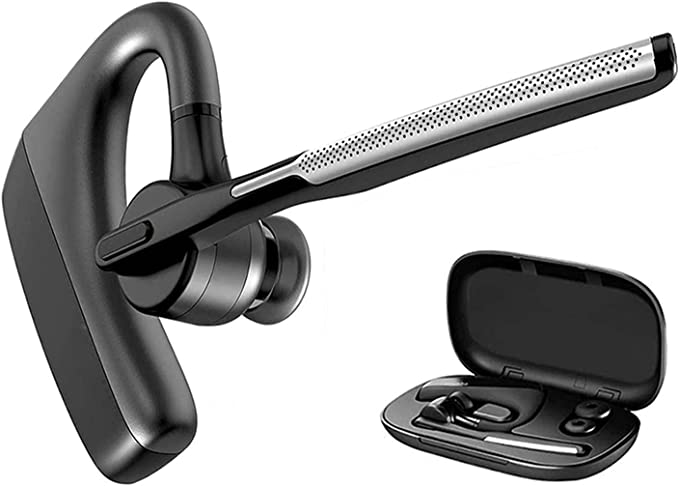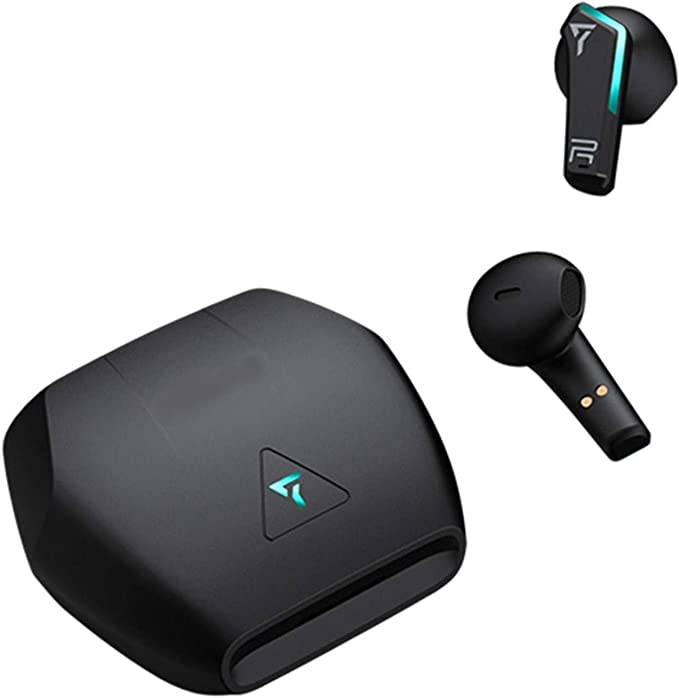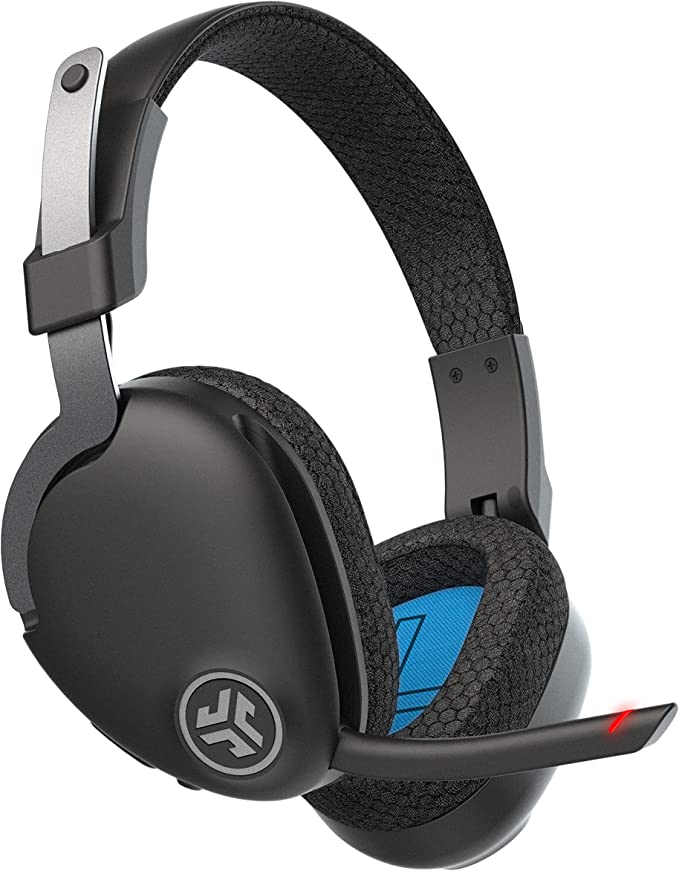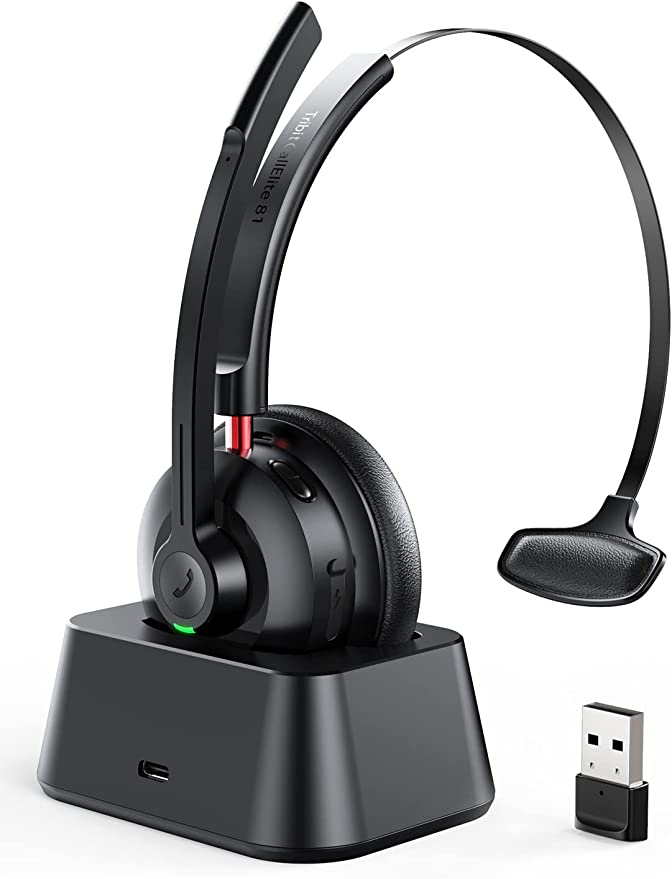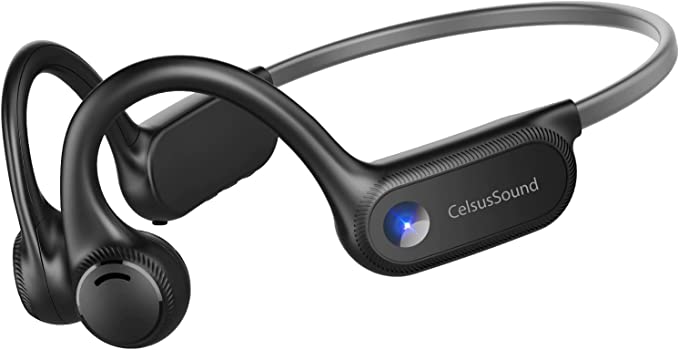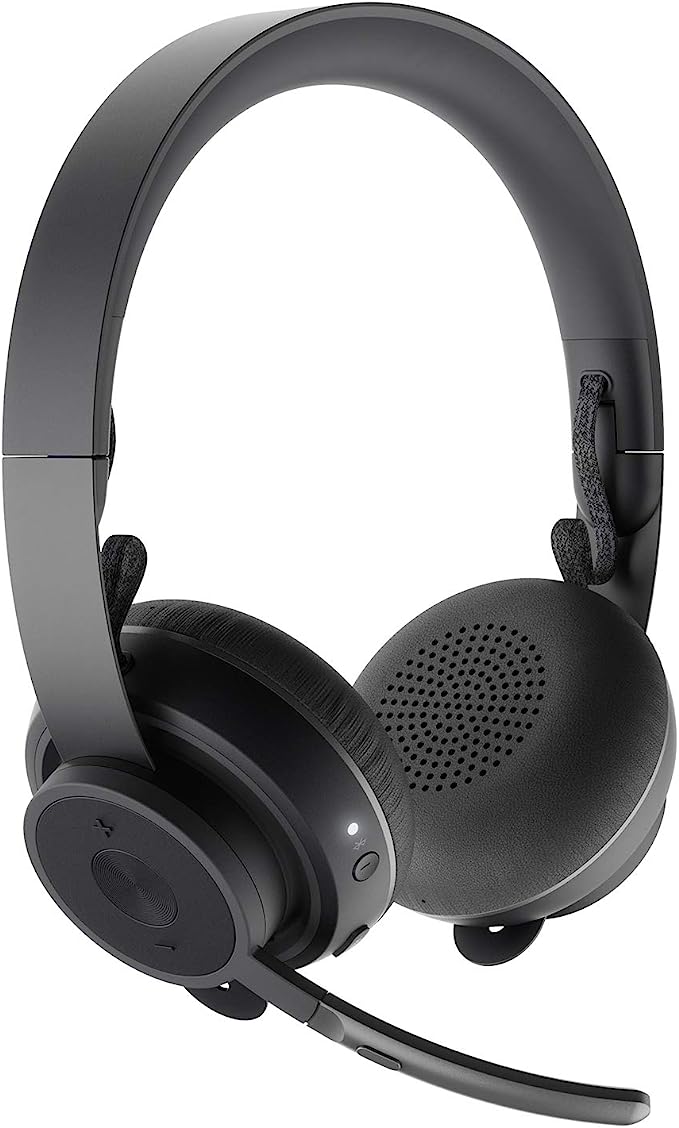NVAHVA J18 Single Wireless Headphone: Enjoy Sound Safely and Comfortably
Update on Feb. 22, 2025, 9:44 a.m.
Imagine this: Sarah, a vibrant young woman who loved music, started noticing a constant ringing in her ears. She struggled to follow conversations in noisy cafes and had to crank up the volume on her headphones just to hear clearly. A visit to the audiologist confirmed her fears – she was experiencing the early stages of noise-induced hearing loss, a direct result of years of listening to music at high volumes through her earbuds. Sarah’s story, unfortunately, is becoming increasingly common.

The Importance of Hearing Health
Our hearing is a precious sense, one that connects us to the world around us – the laughter of loved ones, the melody of a favorite song, the warning honk of a car. It allows us to communicate, learn, and experience life to the fullest. Yet, we often take it for granted, exposing ourselves to damaging levels of noise without realizing the long-term consequences.
How We Hear: A Symphony of Vibrations
The process of hearing is a remarkable feat of biological engineering. Sound, in its essence, is simply vibrations traveling through the air. When these vibrations reach our ears, they embark on a complex journey:
- Outer Ear: The visible part of the ear, the pinna, acts like a funnel, collecting sound waves and directing them into the ear canal.
- Middle Ear: The sound waves hit the eardrum (tympanic membrane), causing it to vibrate. These vibrations are then amplified by three tiny bones – the malleus, incus, and stapes (also known as the hammer, anvil, and stirrup).
- Inner Ear: The stapes vibrates against the oval window, an opening into the inner ear. This sets the fluid within the cochlea, a snail-shaped structure, in motion. This fluid movement stimulates thousands of tiny hair cells.
- Auditory Nerve: These hair cells convert the mechanical vibrations into electrical signals, which are then transmitted to the brain via the auditory nerve. Our brain interprets these signals as sound.

The Dangers of Noise: When Sound Becomes the Enemy
Exposure to loud noises, especially over extended periods, can damage the delicate hair cells in the cochlea. These hair cells do not regenerate. Once they are damaged, the hearing loss is permanent. This is noise-induced hearing loss (NIHL).
The loudness of sound is measured in decibels (dB). Normal conversation is around 60 dB, while a rock concert can reach 110 dB or higher. Prolonged exposure to sounds above 85 dB can cause hearing damage. The louder the sound, the shorter the amount of time it takes for damage to occur.

The Rise of Headphones: A Double-Edged Sword
Headphones, in their earliest forms, were far from the sleek, portable devices we know today. Early iterations, dating back to the late 19th century, were bulky and primarily used for telephone and radio communication. The invention of the transistor in the mid-20th century revolutionized electronics, paving the way for smaller, more portable headphones. The Walkman, introduced in 1979, truly popularized personal audio, making music accessible on the go. Today, headphones are ubiquitous, used for everything from listening to music and podcasts to taking calls and participating in virtual meetings. But this convenience comes with a potential cost.
Single-Ear vs. Double-Ear Headphones: Weighing the Options
Traditional headphones cover both ears, providing an immersive audio experience. This is ideal for enjoying music in its full stereo glory. However, blocking out both ears can also be dangerous in certain situations, reducing your awareness of your surroundings. This is where single-ear headphones, like the NVAHVA J18, offer a distinct advantage.
Single-ear headphones leave one ear open, allowing you to hear ambient sounds while still enjoying audio in the other ear. This is crucial for:
- Safety: Cyclists, runners, and pedestrians can hear traffic and other potential hazards.
- Communication: Office workers can hear colleagues while listening to music or podcasts.
- Driving: In many jurisdictions, using a single-ear headset for calls is a legal requirement.
However, single-ear headphones do have a drawback: you lose the stereo sound experience. Music is typically mixed for two-channel listening, so you’ll only hear one channel through a single-ear earbud.
Introducing the NVAHVA J18: A Case Study in Safe and Convenient Listening
The NVAHVA J18 single-ear Bluetooth headphone exemplifies the benefits of this design, offering a practical solution for those who need to stay connected while remaining aware of their environment. Let’s examine its features:
Design and Comfort: Ergonomics for Extended Wear
The J18 is remarkably lightweight, weighing only 0.15 ounces (4 grams). This minimizes pressure on the ear, making it comfortable to wear for hours on end. It features an “L” shaped design, which, combined with a selection of three different ear tip sizes, ensures a secure and snug fit. This ergonomic design is crucial for preventing discomfort and ensuring the earbud stays in place, even during physical activity. It’s important to find the ear tip size that fits your ear best – a snug fit is important for sound quality and stability, but it shouldn’t feel tight or painful.
Battery Life: Powering Your Day
One of the most frustrating aspects of wireless earbuds can be short battery life. The J18 addresses this with an impressive 10-hour playtime on a single charge (depending on volume levels). This is achieved through a combination of efficient Bluetooth technology and a lithium metal battery. The charging time is also relatively short, at under 2 hours. A long battery life means less frequent charging and more uninterrupted listening, whether you’re on a long commute, working through your day, or enjoying a workout.
Bluetooth 5.0: The Science of Seamless Connection
The J18 utilizes Bluetooth 5.0, the latest iteration of this wireless technology. But what does that mean? Bluetooth uses radio waves to transmit data between devices. Bluetooth 5.0 offers several advantages over previous versions:
- Increased Range: You can move further away from your connected device without losing the signal.
- Faster Data Transfer: This translates to improved audio quality and reduced latency (the delay between the audio source and the sound you hear).
- Lower Power Consumption: This contributes to the J18’s long battery life.
- Dual Audio(In this,It means Multi-point Connection): Single Wireless Earbud supports multi-point connection with 2 mobile phones,which is conveniencet for some one.
Sound Quality and Limitations: A Realistic Perspective
The NVAHVA J18 delivers clear audio for calls, podcasts, and audiobooks. While it’s not designed for audiophile-grade music listening (due to its single-ear design), it provides a satisfactory audio experience for its intended purpose. It’s important to remember that this is a mono earbud, not stereo.
Safety and Situational Awareness: The Core Advantage
The defining feature of the NVAHVA J18 is its single-ear design. This allows you to remain aware of your surroundings, which is paramount for safety in many situations. Imagine cycling through a busy city – you can listen to directions or music while still hearing approaching cars or pedestrians. Or, consider working in an office – you can enjoy your favorite podcast without completely isolating yourself from your colleagues.

Caring for Your Headphones and Your Hearing
Earbuds Hygeine:Just Like any device that comes into close contact with your body, your earbuds need regular cleaning. Use a soft, slightly damp cloth to gently wipe down the earbud and ear tips. Avoid excessive moisture, and never submerge the earbud in water. It is important to note that while the product information mentions “waterproof,” it also states “No water-proof, No washing.” This suggests a degree of sweat resistance, but I would advise against exposing the J18 to significant amounts of water until the waterproof rating is clarified by the manufacturer.
Volume Control The most important step you can take to protect your hearing is to control the volume. Follow the 60/60 rule: listen at no more than 60% of the maximum volume for no more than 60 minutes at a time. If you find yourself gradually increasing the volume, it could be a sign of hearing damage.
Take Breaks Give your ears a rest. Even at moderate volume levels, prolonged listening can lead to listening fatigue.
The Future of Audio: What’s Next?
Headphone technology continues to evolve at a rapid pace. We can expect to see:
- Smarter Headphones: Integration with AI assistants, real-time translation, and personalized audio profiles.
- Improved Noise Cancellation: More sophisticated noise-canceling technology that adapts to different environments.
- Focus on Hearing Health: More headphones designed with built-in hearing protection features.
- Biometric Sensors: Headphones that monitor vital signs, such as heart rate and body temperature.
- Augmented Reality Audio: Headphones that overlay digital sounds onto the real world.
Conclusion: A Sound Choice
The NVAHVA J18 single-ear Bluetooth headphone represents a thoughtful approach to audio, balancing convenience and connectivity with the crucial need to protect our hearing. It’s a reminder that technology should enhance our lives, not endanger them. By understanding the science of sound, the risks of noise-induced hearing loss, and the benefits of mindful listening, we can enjoy the world of audio safely and responsibly. If you want to learn more about protecting your hearing, schedule a consultation with an audiologist. They can provide personalized advice and assess your hearing health.
